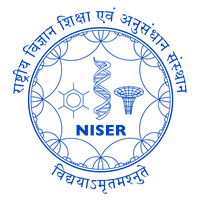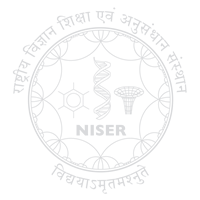Course: M482
Approval: UG-Elective, PG-Elective
Credit: 4
Review of matrix algebra (optional), data matrix, summary statistics, graphical representations (3 hrs)
Distribution of random vectors, moments and characteristic functions, transformations,
some multivariate distributions: multivariate normal, multinomial, dirichlet distribution, limit theorems (5 hrs)
Multivariate normal distribution: properties, geometry, characteristics function, moments, distributions of linear combinations, conditional distribution and multiple correlation (5 hrs)
Estimation of mean and variance of multivariate normal, theoretical properties, James-Stein estimator (optional), distribution of sample mean and variance, the Wishart distribution, large sample behavior of sample mean and variance, assessing normality (8
hrs)
Inference about mean vector: testing for normal mean, Hotelling T2
and likelihood ratio test, confidence regions and simultaneous comparisons of component means, paired
comparisons and a repeated measures design, comparing mean vectors from two populations, MANOVA (10 hrs)
Techniques of dimension reduction, principle component analysis: definition of principle components and their estimation, introductory factor analysis, multidimensional
scaling (10 hrs)
Classification problem: linear and quadratic discriminant analysis, logistic regression,
support vector machine (8 hrs)
Cluster analysis: non-hierarchical and hierarchical methods of clustering (5 hrs)
Reference Book
- K. V. Mardia, J. T. Kent, and J. M. Bibby (1980), “Multivariate Analysis”, Academic Press.
- T. W. Anderson (2003), “An Introduction to Multivariate Statistical Analysis”, Wiley.
- C. Chatfield and A. J. Collins (1980), “Introduction to Multivariate Analysis”, Chapman & Hall.
- R. A. Johnson and D. W. Wichern, (2007), “Applied Multivariate Statistical Analysis”, 6th edition, Pearson.
- Brian Everitt and Torsten Hothorn (2011), “An Introduction to Applied Multivariate Analysis with R”, Springer.
- M. L. Eaton (1983), “Multivariate Statistics”, John Wiley.


